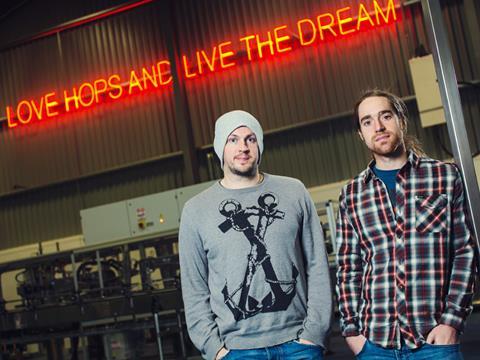
Supermarkets might be struggling, but sales growth rates among the UK’s privately owned fmcg suppliers are the highest since the start of the recession, according to The Grocer Fast 50.
“The food and drink sector goes from strength to strength, with privately owned businesses making a significant contribution,” said Catalyst director Simon Peacock. “This is the fifth year we have undertaken the Fast 50 survey for The Grocer and we are seeing the highest growth rates.”
Controversial brewery BrewDog topped the list, recording a compound annual growth rate of 74.8% over a three-year period. Sales were up 69% to £18m in 2013. And pre-tax profits rocketed by 385% to £2.3m.
The brewer owns 18 bars in the UK and five overseas, while off-trade UK stockists include Tesco.
Brewdog has raised investment totalling £6.5m since 2009 by making ‘shares’ available via three rounds of its Equity for Punks crowdfunding scheme, which UK operations director Martin Dempster highlights as a reason for its swift growth.
“Other craft brewers might have issues over space or capital, but our Equity for Punks drive has given us the capital to expand with confidence,” said Dempster. “Also, craft beer as a whole is experiencing rapid growth and a couple of years ago we made a huge investment into a brewery, so we’re really well-placed to capitalise.”
In total, eight alcohol manufacturers made the Fast 50, compared with five last year. Two also featured in the top 10, up on last year’s one. High-end booze is also clearly a growth area, with the top-performing alcoholic beverage companies - BrewDog, Meantime, Bath Ale and Benriach - all targeting the premium market.
“The great thing about beer is that you can pick up the very best beers in the world for pocket money,” said Dempster, on why BrewDog opted to produce premium beers. “Compared to wine or whisky, that’s simply not the case. The gap between mass-produced beer and a craft beer can be just a few pence, so people don’t have to invest a lot to get an incredible product.”
To qualify for the Fast 50 in 2014, CAGR of at least 20.2% had to be achieved, up from 12.3% in 2011. Other sectors showing growth in the Fast 50 were meat and poultry. Last year there were seven in the Fast 50, compared with 12 this year. Most companies have grown organically, with only nine businesses using mergers and acquisitions for growth, compared with six last year.



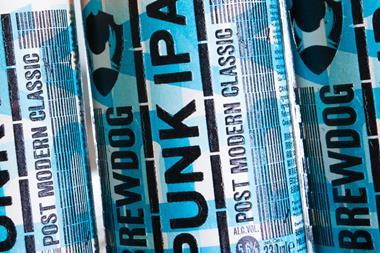

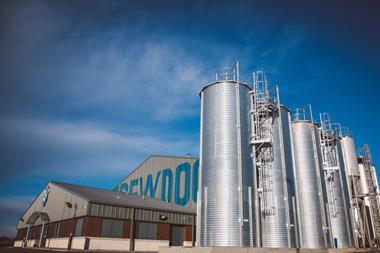


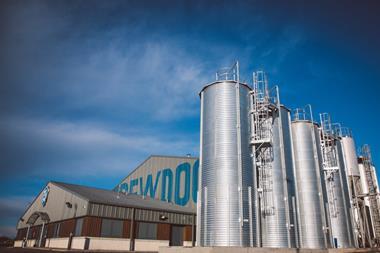
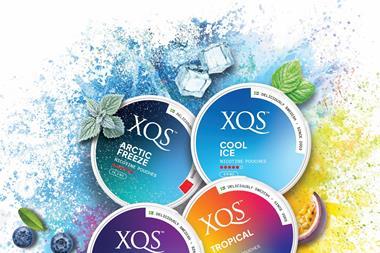


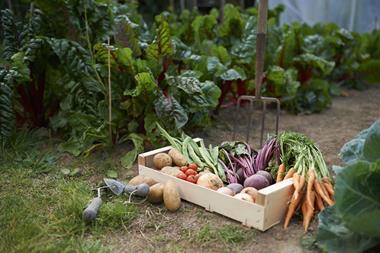
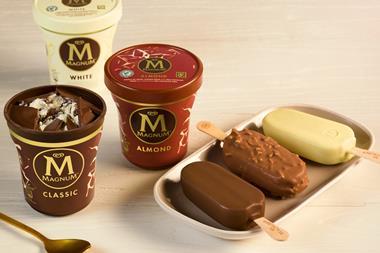
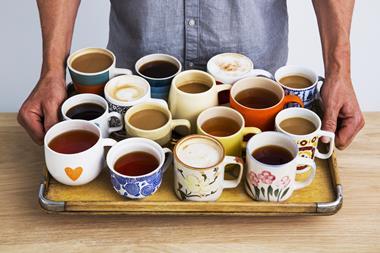
No comments yet